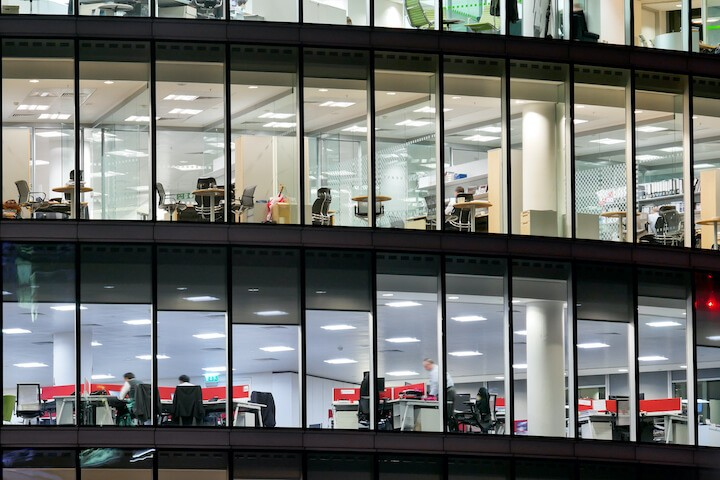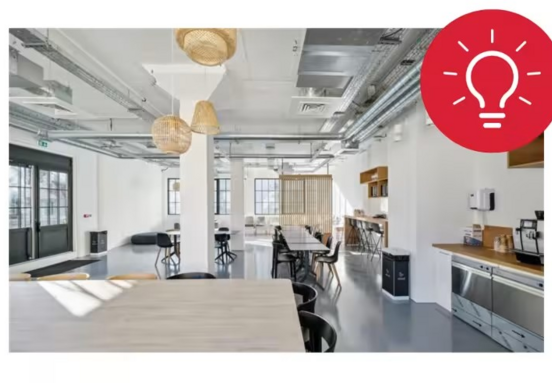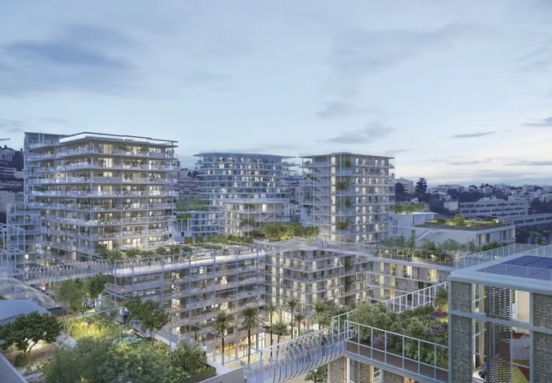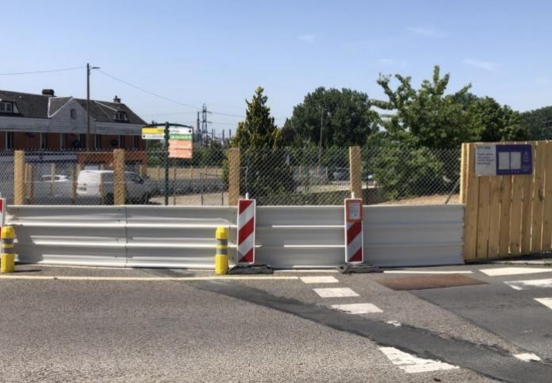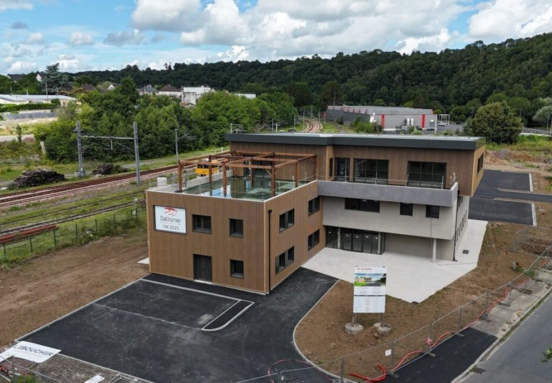The hidden truth: invisible vacancy in your office space
The commercial real estate sector is grappling with a silent, yet significant, challenge: "invisible vacancy." Despite active leases, a staggering half of all office square meters often remain unoccupied during peak hours.
This phenomenon, highlighted by industry leader Knight Frank and French proptech innovator Z#BRE, is a direct consequence of the widespread adoption of hybrid work models and flexible office arrangements.
Traditional market indicators fail to capture this reality, leading to substantial hidden costs, unnecessary carbon emissions, and inefficient overhead for both businesses and property owners.
Introducing "euro per activated m²": a new metric for real value
To truly understand and optimize office space, a revolutionary metric is emerging: the "euro per m² activated" (euro per activated square meter). This innovative measure quantifies the effective financial yield of an office space, cross-referenced with its actual usage rate.
By focusing on activated space rather than just leased space, businesses can gain unprecedented clarity on the true efficiency and value of their commercial property investments, enabling smarter decisions about their workspace needs.
Tangible results: how smart optimization delivers real savings
The impact of addressing invisible vacancy is profound. A compelling case study involving 100,000 square meters of office space revealed remarkable benefits:
An average effective occupancy rate of just 42%, underscoring the extent of invisible vacancy.
A significant reduction in energy consumption, reaching up to 28%.
Annual operational savings ranging from €5 to €6 million.
Rationalization of 30% of surface areas, freeing up valuable space and resources.
Leveraging smart technology for optimal space management
Pioneering solutions, like those offered by Z#BRE, are at the forefront of this transformation. By deploying connected sensors and advanced artificial intelligence, these platforms track real-time occupancy and usage patterns within office buildings. This data-driven approach allows for precise classification of properties and dynamic optimization of their management.
The office is no longer a static asset but a living, breathing environment whose value is measured by its actual usage, the comfort it provides, and its environmental (carbon) impact. This intelligent management provides investors with a strategic tool for valuation and offers businesses a powerful lever for cost optimization and aligning with crucial ESG (Environmental, Social and Governance) objectives.
Your opportunity: smarter, more sustainable office solutions
For businesses seeking office space, this paradigm shift represents a tremendous opportunity. By adopting intelligent space management strategies, you can:
Significantly reduce operational costs by ensuring you only pay for the space you truly activate and need.
Boost your sustainability profile and meet ESG targets through reduced energy consumption and optimized resource use.
Enhance employee well-being and productivity by designing a workspace that genuinely supports hybrid and flexible work models.
Make data-driven decisions when leasing new space or reconfiguring existing layouts, ensuring maximum efficiency and return on investment.
Embrace the future of office space – where efficiency, sustainability, and real usage drive value.
Source: ideal-investisseur.fr
